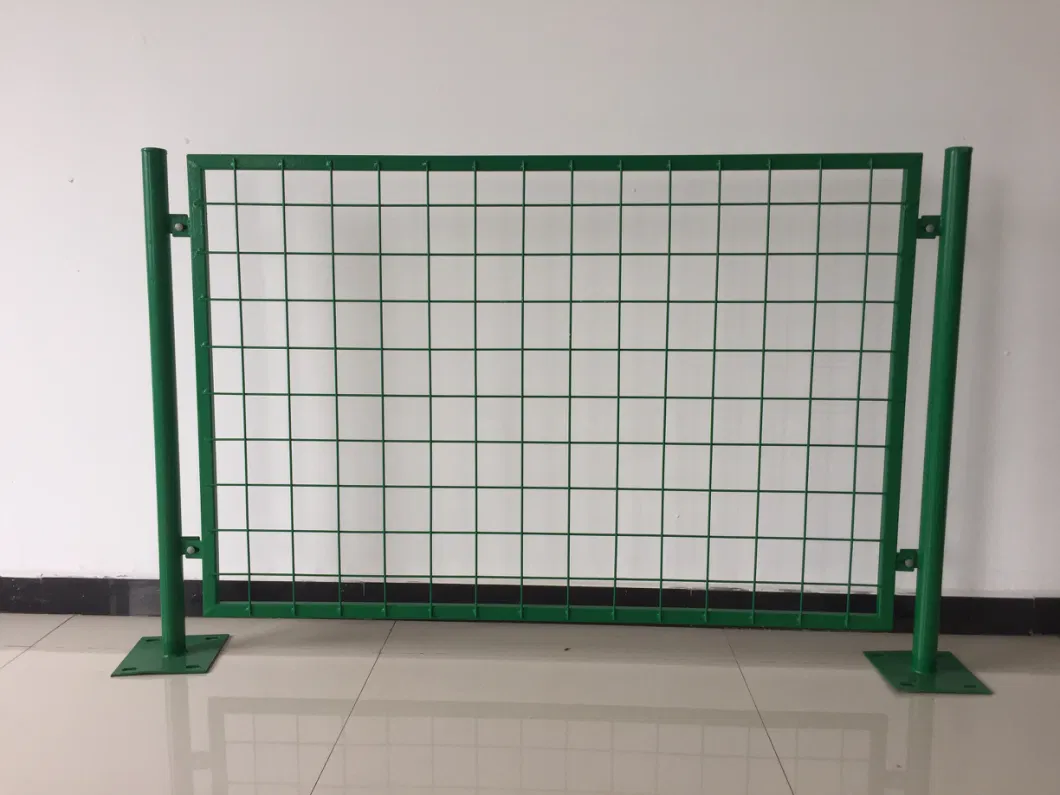Highway Barrier Walls Enhancing Safety and Efficiency on the Roads
Highway accident statistics present a stark reality the need for effective safety measures in vehicular traffic has never been more pressing. Among various solutions, highway barrier walls stand out as a critical component in reducing crash severity and preventing cars from veering into oncoming traffic or off the road. These structures serve not only as physical barriers but also as psychological reinforcements for drivers, contributing to overall road safety.
A highway barrier wall, often made from concrete or steel, is designed to absorb and redirect the energy of a collision. When vehicles crash into these walls, the barriers deflect the vehicles back into the road, minimizing the impact on occupants and potentially reducing the likelihood of multi-vehicle accidents. Their strategic placement along highways, especially in high-traffic areas or locations with a history of accidents, can drastically enhance the safety profile of a roadway.
The design of highway barrier walls has evolved significantly over the years. Older models, though effective to a degree, often lacked the capability to withstand high-impact collisions. Modern barrier walls are engineered using advanced technology and materials that not only ensure durability but also adaptability to various traffic conditions. For instance, reinforced concrete barriers are often used in urban environments where higher speeds and greater traffic volume exist. Additionally, flexible barrier systems, such as those made of steel cable, are designed to allow controlled deformation upon impact, further protecting vehicle occupants.
Beyond physical protection, highway barrier walls contribute to traffic management
. By separating opposing lanes or delineating transitions, these structures reduce driver confusion, thereby decreasing the chance of accidents caused by erratic driving behaviors. They help maintain a predictable flow of traffic, which is vital during peak hours or in environments near construction zones.highway barrier walls

In considering the psychological aspect of driving, highway barrier walls also serve as reminders of safety protocols. Drivers are often more cautious when they see well-defined boundaries, encouraging them to adhere to speed limits and signaling properly. Coupled with improved visibility—thanks to the reflective materials used in modern barrier designs—these walls serve as vital indicators of route boundaries, especially during adverse weather conditions.
However, while highway barrier walls offer numerous advantages, they are not without challenges. There are concerns regarding their placement, as improperly installed barriers may inadvertently create hazards. For instance, in certain scenarios, barrier walls may trap vehicles between the wall and a slope, increasing the risk of rollover accidents. Therefore, ongoing assessments and refinements in design are crucial to address these issues effectively.
Moreover, maintenance is essential to ensure the longevity and efficacy of highway barrier walls. Factors such as weather conditions, traffic volume, and wear and tear necessitate regular inspections. Governments and highway authorities are urged to prioritize funding for the upkeep of these structures to maintain safety standards and public trust.
In conclusion, highway barrier walls are a fundamental asset in modern roadway safety. Their engineering advancements and strategic implementations have shown a significant impact on reducing road accidents and improving driver behavior. As traffic continues to grow globally, investing in innovative barrier designs and maintenance will be vital to creating safer highways for everyone. Ultimately, the integration of these safety measures reflects a broader commitment to ensuring that our roads are not only efficient but also secure for all users.
-
Turn Down the Noise: The Future of Highway Sound Barriers
NewsApr.09,2025
-
Silence the Sound: The Power of Highway Noise Barriers
NewsApr.09,2025
-
Reduce Road Noise Effectively with Highway Noise Barriers
NewsApr.09,2025
-
Noise-Free Living: How Highway Barriers Make a Difference
NewsApr.09,2025
-
Engineered for Silence: Highway Noise Barriers for Every Road
NewsApr.09,2025
-
Effective Noise Control: Highway Barriers for a Quieter Tomorrow
NewsApr.09,2025
Subscribe now!
Stay up to date with the latest on Fry Steeland industry news.

